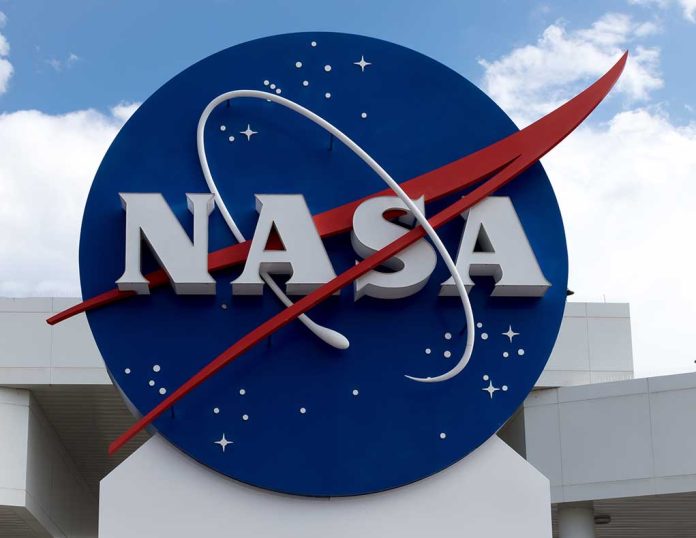
At a Glance
- NASA has been testing its ability to redirect the course of near-Earth objects.
- A NASA spacecraft collided with Dimorphos two years ago.
- The debris from the collision could potentially reach Earth and Mars.
- Simulations indicate particles could reach Earth in as little as seven years.
- Scientists are monitoring potential meteor showers from the debris.
NASA’s Experiment and the Resulting Debris
NASA’s Double Asteroids Redirect Test (DART) mission demonstrated a method to deflect potentially hazardous asteroids. Nearly two years ago, a NASA spacecraft collided with Dimorphos, a moonlet orbiting the asteroid Didymos. This collision was part of an experiment to understand and develop techniques that could alter the trajectory of dangerous objects in space.
The impact of the collision generated a considerable amount of debris, some of which is now hurtling toward Earth and Mars at speeds as high as 1,120 mph. With initial simulations suggesting that the first of these particles could reach Earth within seven years, the scientific community is currently assessing potential risks and the necessary precautions.
NASA Asteroid Collision Debris May Be Headed Toward Earth https://t.co/yzOuYUidio
— ScienceAlert (@ScienceAlert) August 23, 2024
Simulations and Predictions
The research, published in The Planetary Science Journal, examined how debris from the DART impact might reach both Earth and Mars. Using data from the Light Italian CubeSat for Imaging of Asteroids (LICIACube), scientists simulated the trajectories and velocities of the ejected particles. This comprehensive study tracked around 3 million particles, ranging from 10 centimeters to 30 micrometers in size.
https://twitter.com/asteroidwatch?lang=en
Potential Impact on Earth
According to dynamic simulations, debris ejected at speeds greater than 1.5 kilometers per second could reach Earth in as soon as seven years. However, it is expected that these faster particles will be too small to produce visible meteors. Still, ongoing meteor observation campaigns are vital. These will determine if the collision has created a new meteor shower, known as the Dimorphids. Additionally, should fragments reach Earth, they will likely disintegrate upon entering the atmosphere, creating brilliant luminous displays without causing harm.
“However, these faster particles are expected to be too small to produce visible meteors, based on early observations,” said Peña-Asensio. “Nevertheless, ongoing meteor observation campaigns will be critical in determining whether DART has created a new (and human-created) meteor shower: the Dimorphids. Meteor observing campaigns in the coming decades will have the last word. If these ejected Dimorphos fragments reach Earth, they will not pose any risk. Their small size and high speed will cause them to disintegrate in the atmosphere, creating a beautiful luminous streak in the sky.”
The Role of International Collaboration
The research led by Dr. Eloy Peña-Asensio utilized data from multiple institutions, including the Polytechnic Institute of Milan and the European Space Agency (ESA). This collaborative effort aimed to explore the potential of using kinetic impact methods for planetary defense. The ESA’s Hera mission will continue to survey Dimorphos to validate and refine the effectiveness of these techniques for future use.
The success of the DART mission not only represents a significant advancement in our planetary defense capabilities but also demonstrates the power of international collaboration. As new data and observations continue to emerge, the scientific community remains vigilant, ready to adapt and refine strategies for mitigating potential threats from space.
Sources
NASA Asteroid Collision Debris May Be Headed Toward Earth
Debris from DART could Hit Earth and Mars Within a Decade
NASA’s DART Mission Hits Asteroid in First-Ever Planetary Defense Test
Hubble Captures Movie of DART Asteroid Impact Debris













